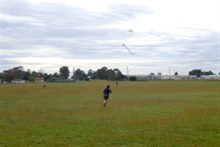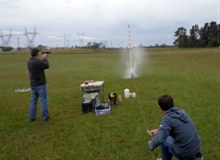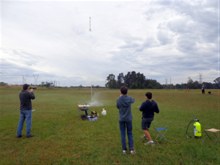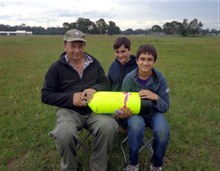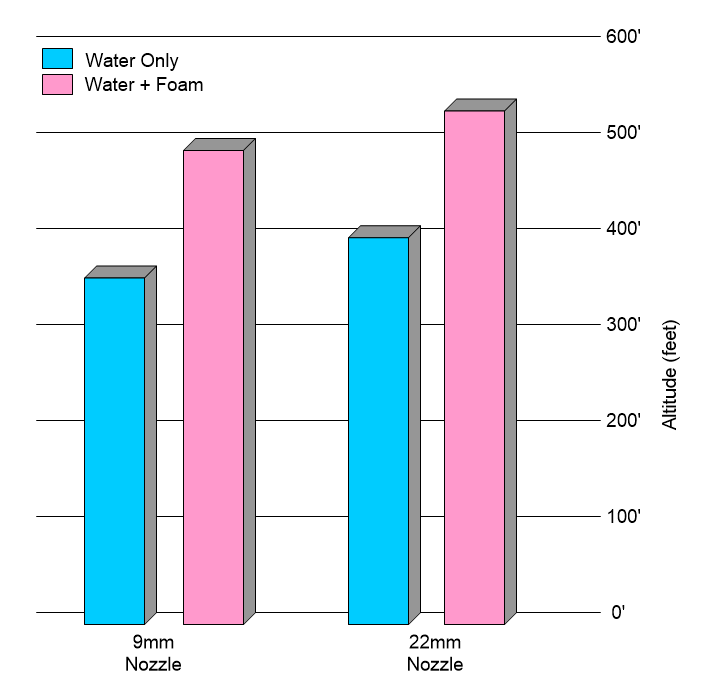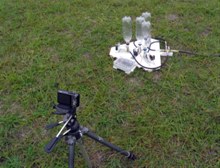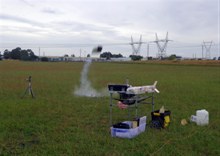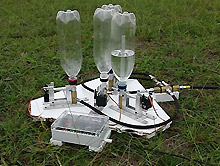 |
 |
|
|
last updated: 9th November 2024 - Day 236 - Launch Tubes #2 |
|
|
|
Splicing Bottles AS#5 |
|
#235 - Coming Soon |
|
#234 - Coming Soon |
|
#233 - Coming Soon |
|
#232 - Coming Soon |
|
#196 - Coming Soon |
|
#193 - Coming Soon |
|
#172 - Coming Soon |
|
|
| FLIGHT LOG | ||||||||||||||||||||||||||||||||||||||||||||||||||||||||||||||||||||||||||||||||||||||||||||||||||||||||||||||||||||||||||||||||||||||||||||||||||||||||||||||||||||||||||||||||||||||||||||||||||||||||||||||||||||||||||||||
|---|---|---|---|---|---|---|---|---|---|---|---|---|---|---|---|---|---|---|---|---|---|---|---|---|---|---|---|---|---|---|---|---|---|---|---|---|---|---|---|---|---|---|---|---|---|---|---|---|---|---|---|---|---|---|---|---|---|---|---|---|---|---|---|---|---|---|---|---|---|---|---|---|---|---|---|---|---|---|---|---|---|---|---|---|---|---|---|---|---|---|---|---|---|---|---|---|---|---|---|---|---|---|---|---|---|---|---|---|---|---|---|---|---|---|---|---|---|---|---|---|---|---|---|---|---|---|---|---|---|---|---|---|---|---|---|---|---|---|---|---|---|---|---|---|---|---|---|---|---|---|---|---|---|---|---|---|---|---|---|---|---|---|---|---|---|---|---|---|---|---|---|---|---|---|---|---|---|---|---|---|---|---|---|---|---|---|---|---|---|---|---|---|---|---|---|---|---|---|---|---|---|---|---|---|---|---|---|---|---|---|---|---|---|---|---|---|---|---|---|---|---|---|
|
||||||||||||||||||||||||||||||||||||||||||||||||||||||||||||||||||||||||||||||||||||||||||||||||||||||||||||||||||||||||||||||||||||||||||||||||||||||||||||||||||||||||||||||||||||||||||||||||||||||||||||||||||||||||||||||
| Day 144 - Foam performance tests and G2 launcher testing | ||||||||||||||||||||||||||||||||||||||||||||||||||||||||||||||||||||||||||||||||||||||||||||||||||||||||||||||||||||||||||||||||||||||||||||||||||||||||||||||||||||||||||||||||||||||||||||||||||||||||||||||||||||||||||||||
|
Date:
26th April 2014 Location: Whalan Reserve, NSW, Australia Conditions: Overcast, calm to light winds, 20C Team Members at Event: PK, GK, Paul K, and John K. More Water vs. Foam ComparisonsThis week we wanted to fly a couple of verification tests after seeing the improvements in flights with foam at the last launch. Because of the uncertainties from the last launch about the actual pressure used, for these tests we set the pressure to 120psi once and then launched all the flights with that one setting. We used the same rocket and setup as last time, with the same amount of water. The first launch was a repeat of the standard 9mm nozzle and water only. The rocket went vertical and reached an altitude of 361 feet (110m) which closely agreed with the previous flights and also with the simulated results. We then flew the rocket with a full-bore nozzle and no launch tube. We wanted to eliminate the effects of launch tubes for this test. The rocket went to 403 feet (122m) which also closely matches with a simulator prediction of 403 feet. We then repeated the test with a 9mm nozzle and added foam to the measuring jug and filled it until we had 1.5L. This way the same amount of liquid was added by volume to the rocket. This time the rocket went up to 494 feet (150m) which was 130 feet higher than water alone and was another 30 feet higher than the same flight at the last launch. We repeated the experiment with a full bore nozzle adding foam to the water. We didn't think that foam would offer much performance boost in this case due to the large nozzle and short duration burn. We were surprised to find that the rocket went up to 535 feet. (163m) again this was a significant boost over water alone. So in conclusion foam seems to add significant boost in altitude for this rocket configuration. On launch #4 the parachute deployed just after launch. The rocket was using the full bore nozzle so it was going quite fast. The shock cord and parachute withstood the force and brought the rocket back safely. There was only minor nosecone fairing damage which we just popped back out. The rocket only flew to 63 feet (19m). On video review of the launch it was evident that half way through pressurisation the timer triggered but the guide rail held the parachute door closed but we could not see this from our position. The reason the timer triggered was simply because the break-wire cord was too tight. This was because the Clark cable-tie launcher extension we put on the launcher moved the entire rocket further up and we forgot adjust the length of the cord. When we powered up the timer everything was fine, until the rocket started stretching when pressurising and this finally triggered the timer. The break-wire is loosely twisted together so any tension could have caused the trigger. Next time we'll make sure there is more slack in the break-wire cord.
Results Summary
Polaron G2 Launcher Tests continued...We brought along the G2 launcher to test the synchronization using the 2ms step increments. All three air only tests went well. We then attached a short fill tube to one of the booster nozzle seats and filled one of the bottles 1/3 full of water. This was the first wet test for the launcher. The slow-mo video showed that although the bottle was released just ahead of the others, due to the weight it was soon overtaken by the air only bottles. Once we have the full rocket on there, the acceleration will be even lower making the timing just a little less critical. Next we wanted to test the release heads at 200psi. For this we brought a fiberglass reinforced 90mm spliced-pair. We then tested each of the release heads one at a time by disconnecting the hoses from the air manifold and directly connecting them to the air inlet hose. To stop the bottle flying up too high and potentially getting damaged, we draped a towel over the top to provide weight and drag. We pressurised to 200psi with air only and held it for a short time before launching to verify the hold down, as well as the release. All four release heads passed the test. More details are available on the G2 build log. Next we will shift focus back to the rocket and boosters in particular. We needed to get the launcher done first so that we can mount the booster retention mechanisms. Their position was dependent on how the rocket would sit on the launch pad. Here is a video of the highlights from the day: Here is a video of the G2 launcher undergoing first tests. Flight Details
Launcher Tests
|



